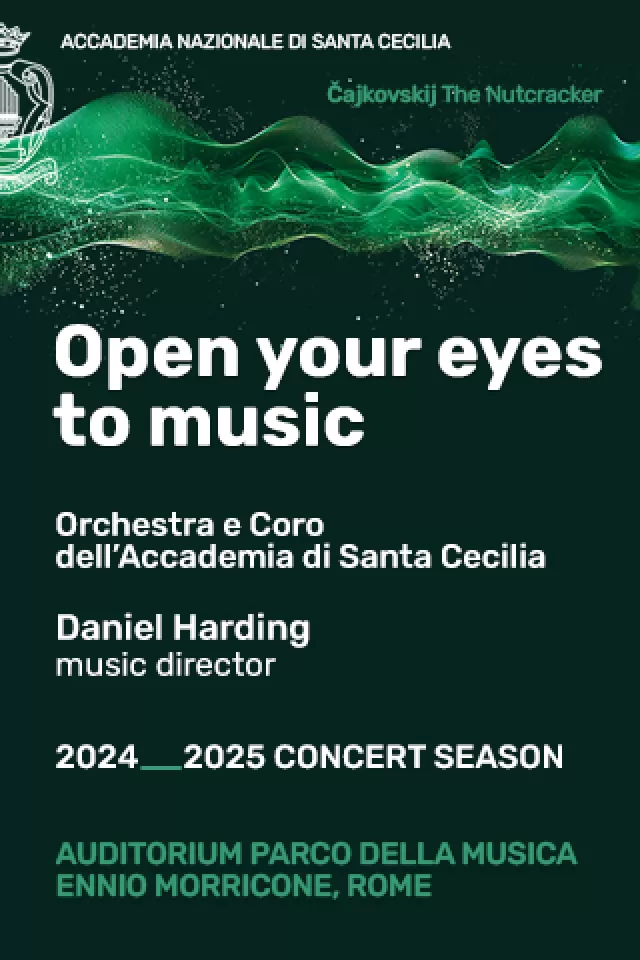Gardening in Rome.
I remember very well lunching at a restaurant near Anzio, south of Rome. In the garden was a mesembryanthemum plant loaded with the brightest orange flowers I had ever seen. In the West country accent of my birthplace I said to myself: Id like some o they. And now, eight years later, just one tiny sprig has produced two large pots of these remarkable flowers to brighten the balcony each spring.
Most people from northern Europe are used to having a garden to look after and spend time in. In Rome gardens are not the rule and most of us have to settle for a balcony if we want to do any gardening.
Our balcony, on the top floor, is long but not very wide. It overlooks a small park full of splendid trees, which means that bird life is plentiful and, as we shall see, useful. Over 40 species of birds have been recorded just by watching from the balcony. Many birds, in season, eat berries and other fruits where they find them and then excrete the seeds at random. This is one of natures many ways of ensuring seed distribution and the reason why so often beautiful plants appear which were never meant to be there.
Ivy: Some two or three years ago a tiny seedling of ivy, edera, sprouted in a pot of roses. An efficient gardener would probably have removed it as a weed. But what is a weed anyway? Probably a weed could be defined as any plant growing in the wrong place. It was left where it was and it is now an elegant trailer which helps to beautify our balcony.
Pomegranate: This strange visitor appeared, again quite unexpectedly, in another pot. It grew so well and flowered so prettily that it was given a home of its own. It continued to flower and fruit but never became more than about 20 cm tall. The original little plant eventually died last summer but some seeds were saved. This year there is a new seedling which promises well.
Unidentified palm: These two showed themselves last year and now, in their own pots, are growing well. One day they may be given proper identities.
Fig: There used to be a great fig tree in the park next door and seedlings could be found growing all along the street. Sadly this tree was removed and the seedlings on the street no longer appear. So imagine my delight this spring when a small elegant fig seedling appeared in a pot which we had devoted to amaryllis bulbs. Soon it too will have a pot of its own and, who knows, it may one day even produce edible fruits.
Hawksbeard: This truly wild plant appeared in a pot of mesembryanthemums and had no right to be there. A true weed. However, its brilliant yellow flowers have attracted the first butterflies of the year so it has been reprieved and will live where it is until it either dies naturally or becomes a permanent part of the scene.
Finally, a small collection of cacti was initially treated as the experts instructed, always being brought inside for a few months during the winter so that the plants could have a dry period. Many cacti will only flower if they have this dry spell. Eventually it became inconvenient to have them indoors and we decided that they had to live outside all the time and suffer the consequences. A few died off but most of them are very happy with the Roman winter and continue to flower beautifully in the spring/early summer. In fact, one species has been in full gorgeous flower continuously since December.
Another idea worth trying is to go to the vegetable market in spring and seek out some lambascioni. These little bulbs are supposed to be cleaned, boiled and crushed to make a sort of polenta mash. As we found the dish rather uninteresting, we planted some of the bulbs instead. They turned out to be bulbs of the tassel hyacinth, lampagioni (hence their market name), and grape hyacinth, muscari. Every spring they make a lovely display with their delicate blue/purple flowers. It seems such a shame that these beautiful little plants are dug up from the wild countryside by the tonne for food. But perhaps old addicts of the cucina povera (poor mans cooking) are reluctant to give up their heritage. Maybe in a generation or two the custom will die out and the countryside will regain some of its former splendour.

















